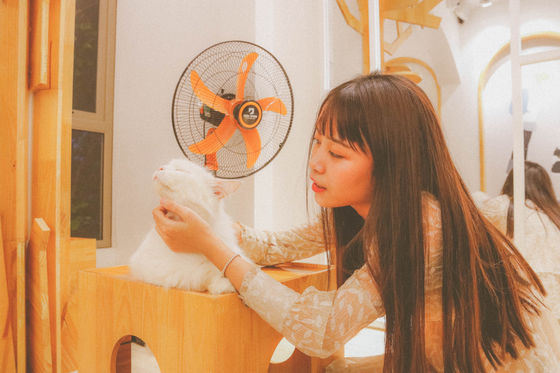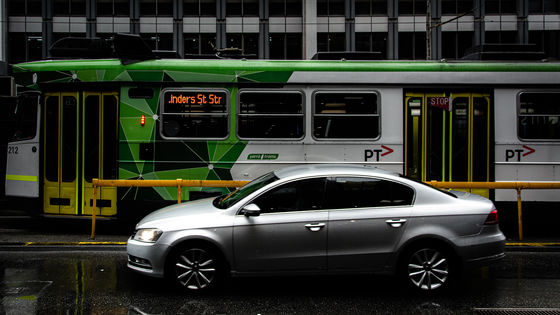Five important points in ventilation for the new corona measures

Even in the pandemic of the new coronavirus infection (COVID-19), there are cases where it is necessary to go to the office depending on the occupation, in which case appropriate ventilation is performed to minimize the spread of the virus. is needed.
5 tips for ventilation to reduce COVID risk at home and work
https://theconversation.com/5-tips-for-ventilation-to-reduce-covid-risk-at-home-and-work-151758
The new coronavirus (SARS-CoV-2) is a 'droplet' that flies from the mouth when an infected person talks, coughs, or sneezes, and 'droplets' that are finer than droplets. It is transmitted via 'aerosol'. In addition, because aerosol particles are smaller and lighter than droplets, they float in the air for a long time, and insufficient ventilation can cause the spread of infection.
That's why The Conversation lists 'five measures to improve ventilation' that you can take both at home and at work.
◆ 1: Open windows and doors

The easiest way to ventilate is to open windows and doors at home or at work. In places where you eat with friends and family, or where people gather at work, it is important to bring tables and chairs close to the windows and open the doors to ventilate. The Conversation recommends 'eat outside if the weather is nice'.
◆ 2: Ventilate while using the air conditioner

Air conditioners basically do not take in outside air, but there are air conditioners that can be used while ventilating, such as
The World Health Organization (WHO) recommends '12 ventilations per hour' as a countermeasure against the new coronavirus.
◆ 3: Use a fan

Guidelines released by the Centers for Disease Control and Prevention (CDC) in December 2020 recommend that fans be placed 'near open windows' to improve air flow in the room. However, as with air conditioners, the airflow generated by the fan may carry droplets and aerosols, so it is NG to arrange the airflow in the direction of the windows and doors where the fan is open.
◆ 4: Don't worry about HEPA filters

As a method for reducing the particle concentration of SARS-CoV-2, ' HEPA ', which is a filter for air purifiers, may be mentioned. However, the effect of HEPA changes depending on the specifications of the air purifying function, the size of the room in which it is placed, and the number of people in the room. In the first place, there is no scientific basis for whether an air purifier that uses a HEPA filter is effective for SARS-CoV-2. That's why The Conversation states, 'You don't have to rush to buy an air purifier that uses HEPA filters for Christmas.'
◆ 5: Public transport, taxis, Uber

Ventilation is also necessary to prevent the spread of infection in public institutions. Ventilation is also carried out inside trains in Japan, but The Conversation states that 'it is recommended to wear a mask in places where windows cannot be opened, such as inside trains.'
When using a taxi or Uber, it is important to open the windows to ventilate, and if that is not possible, it is recommended to wear a mask.
Related Posts:
in Note, Posted by logu_ii







